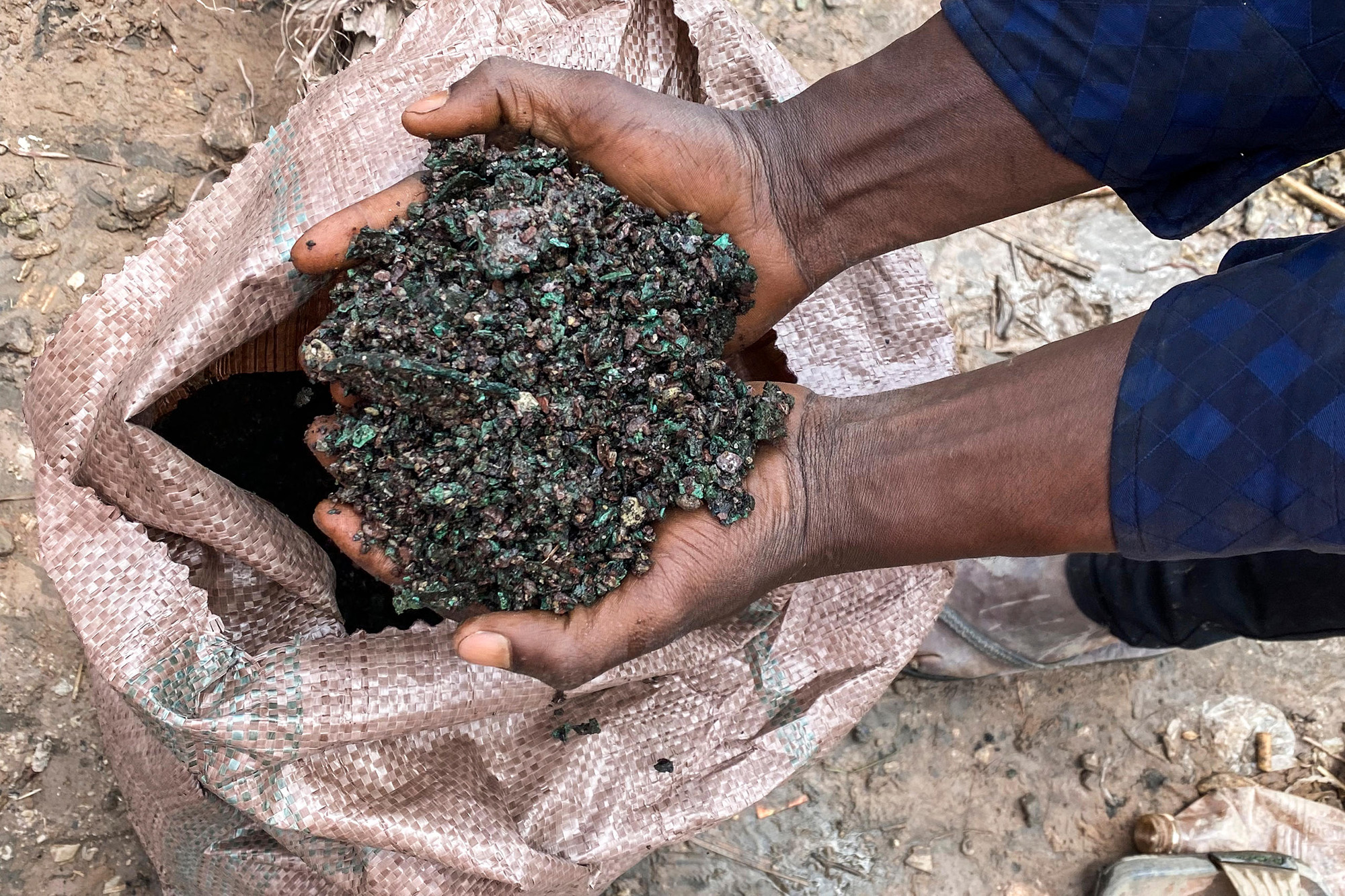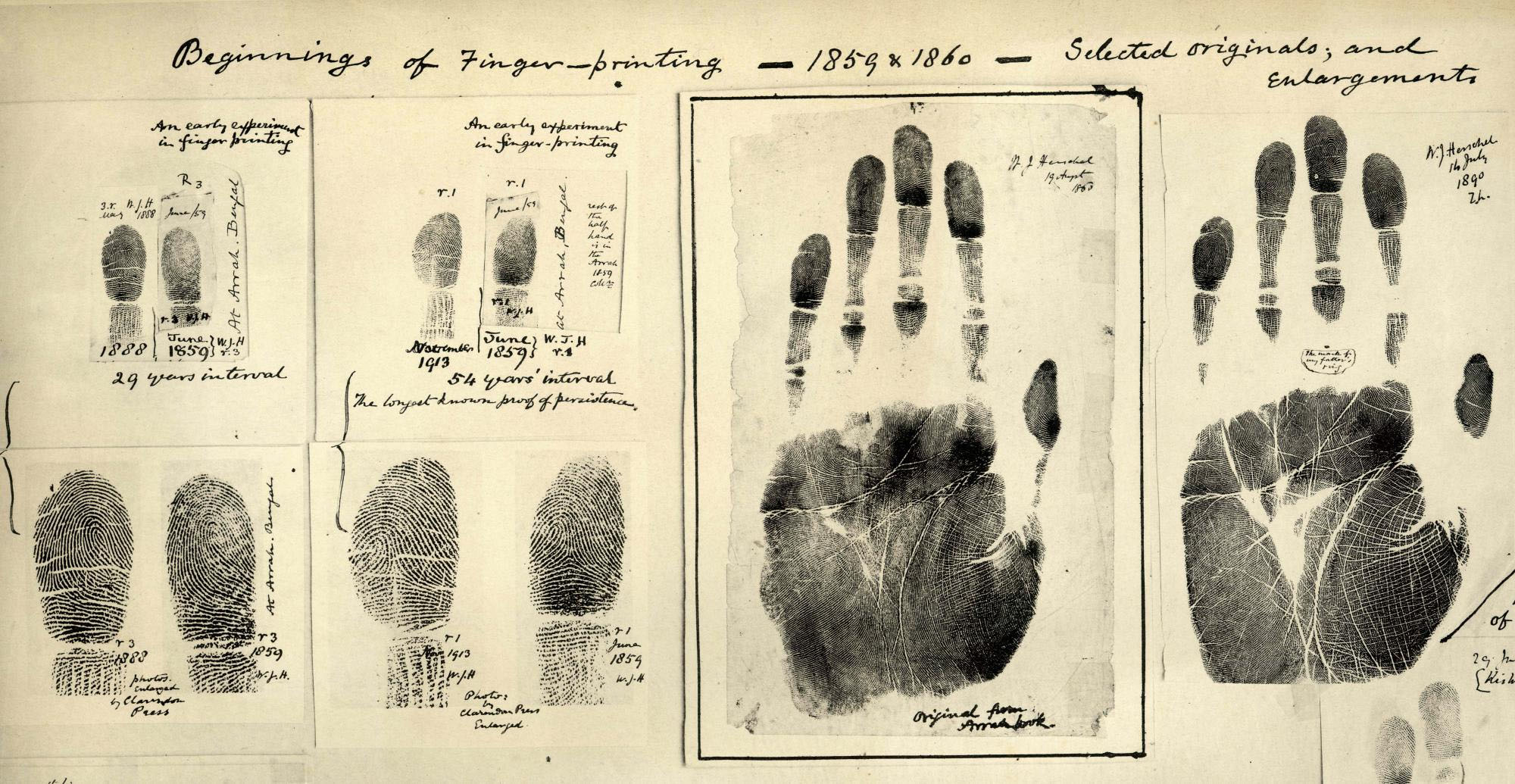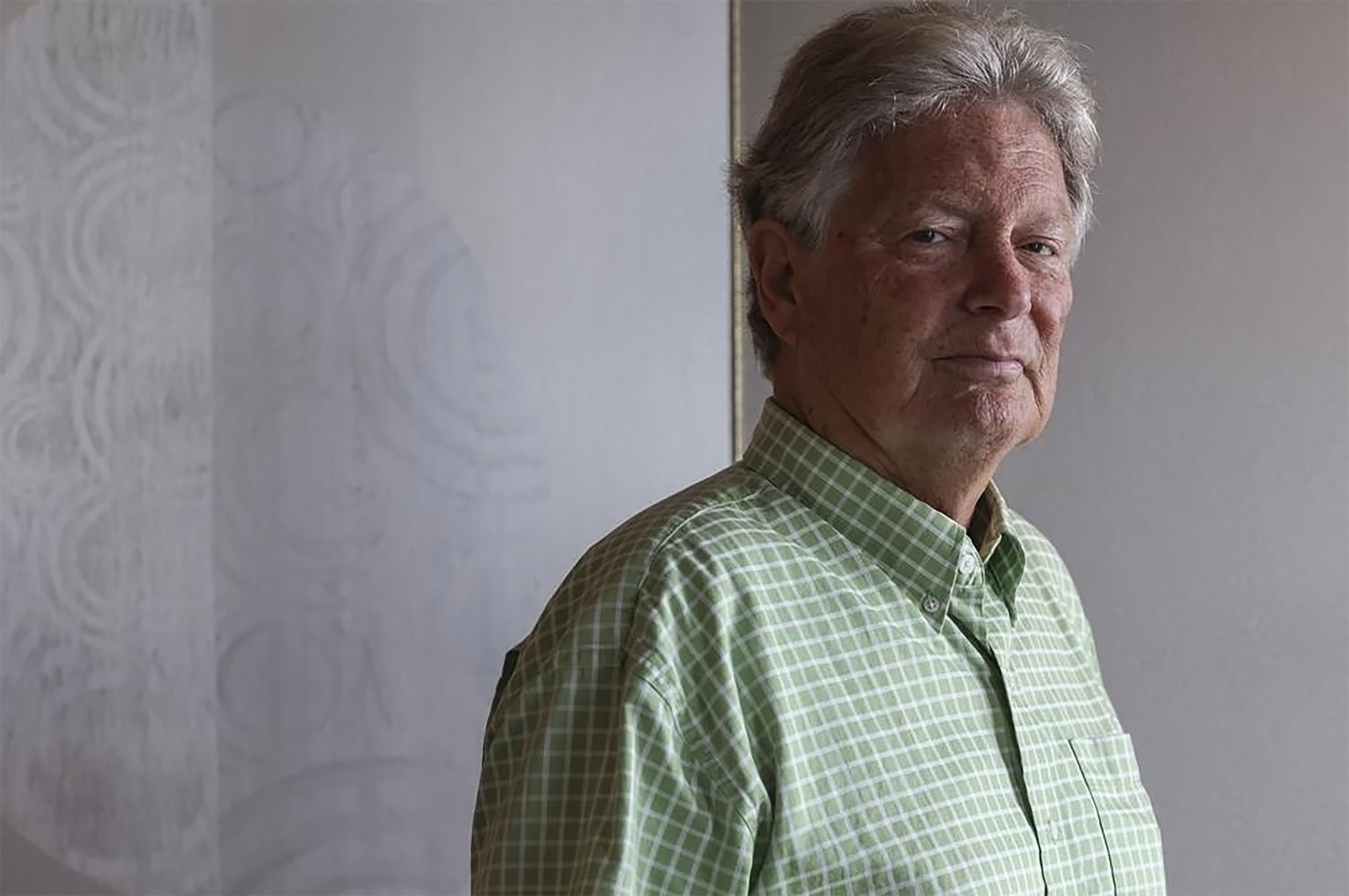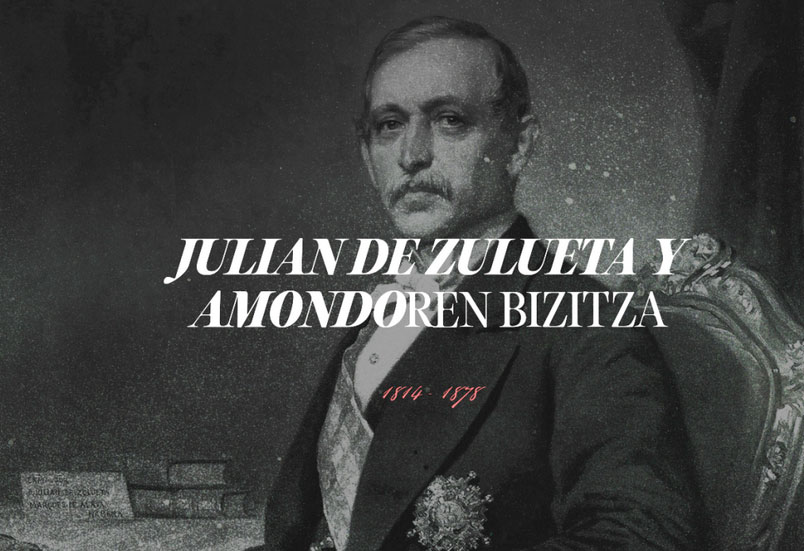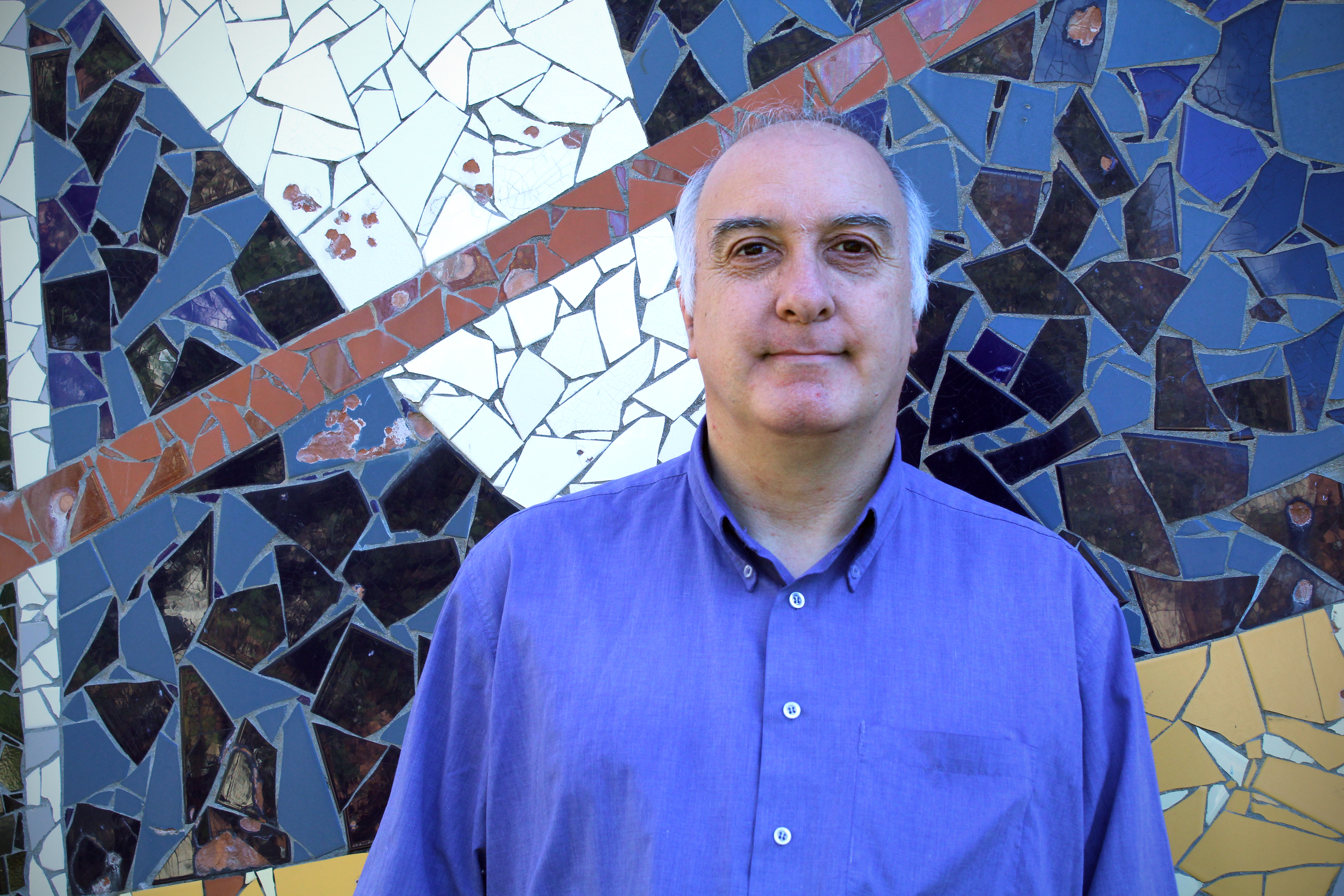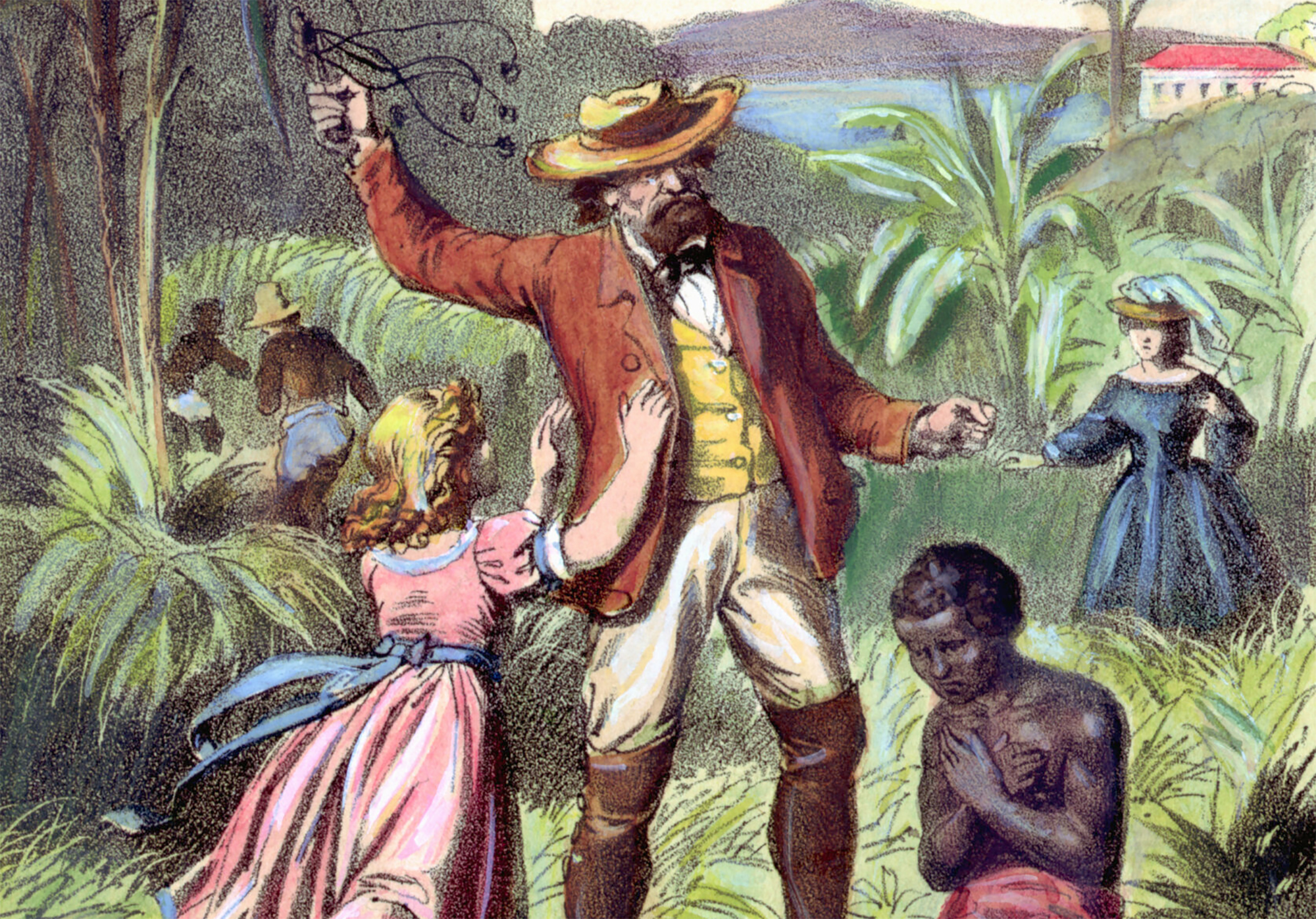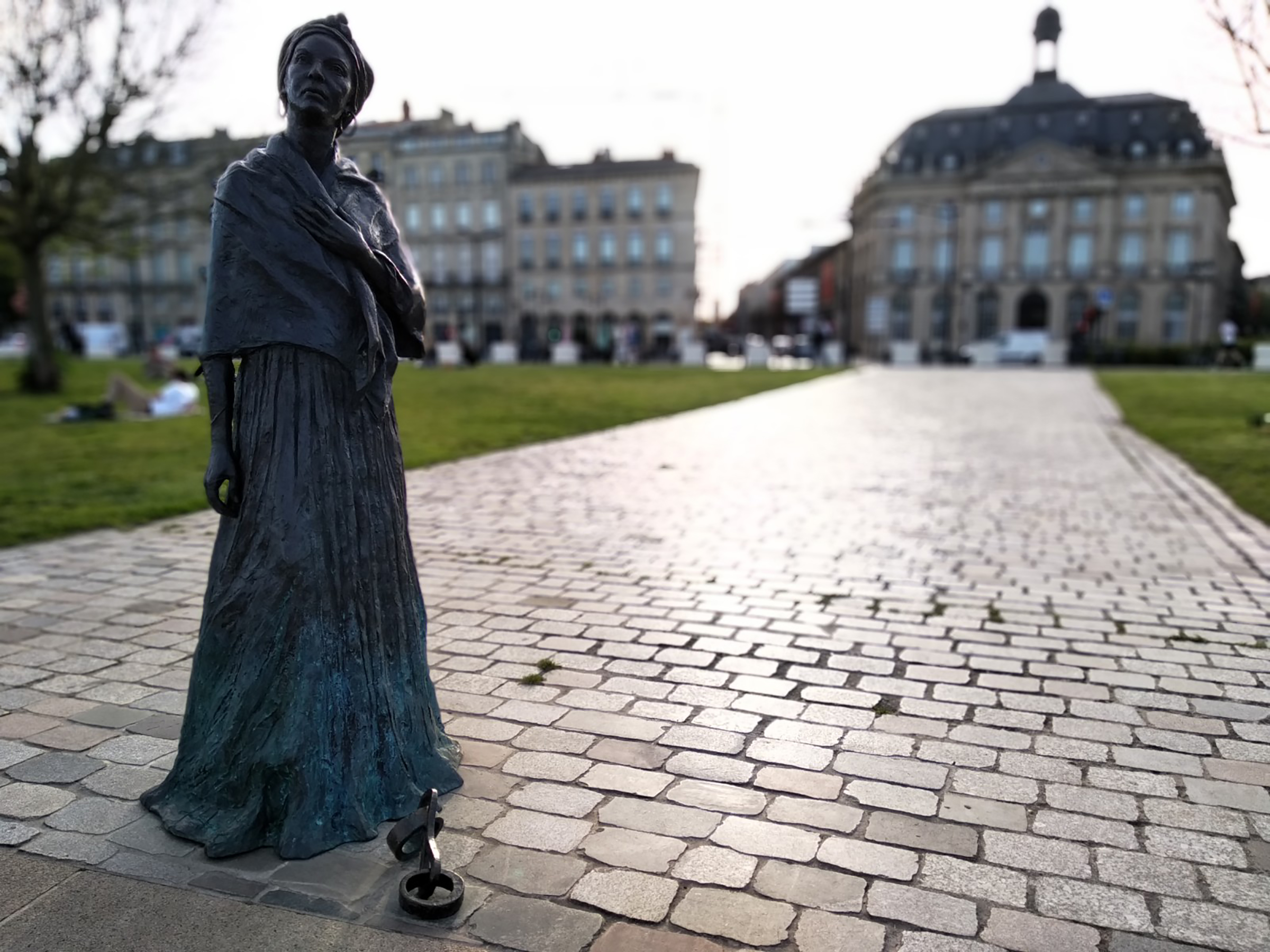Vitoria shows the history of the Cuban slave market
- The Alavese slave Julián de Zulueta and Amondo and their businesses have created the “submerging” exhibition AzuBeltza, which will inaugurate on Wednesday in the OVEN space of the vitorian capital Irati Attendant Zuaznabar. Zulueta was the principal Cuban slave of the 19th century and one of the most important worldwide. The largest of the five sugar refineries on the island was called Alava and came to have 800 slaves. “I wanted to look at our history critically, to reflect what privileges we have and where they come from,” Antia told ARGIA.

The exhibition has been possible thanks to many hours of work, the 2022 scholarship of the Young Creator and his stay at the Dinamo creation center, among others. Also thanks to the collaboration of Itziar Garaluce and Aitor García de Vicuñ a.El Wednesday 22 November will inaugurate the “immersive experience”, which will remain open for a month. Antia, daughter of Julián Zulueta, Elvira Zulueta, today’s Museum of Fine Arts, asked in the palace Elvira Zulueta for a space for the exhibition, but they replied that “there was no room”.
The one approaching the OVEN space will enjoy a project that consists of two main parts, according to Antia to ARGIA. On the one hand, the web and panels that summarize the life and business of Zulueta, “the concrete part, with historical information, is an artistic project, but we have given importance to the historical part”. On the other hand, in a dark room, “sound structure”, which combines lights, sounds recorded in Cuba, sugar, earth and work... “It’s the conceptual part of the project, more abstract.”
The world's largest slave trade and sugar refinery Alava
As you can read on the website itself Azukrebeltza.eus, Zulueta was born in the early nineteenth century in Álava and migrated very young to Cuba to work with his uncle in commerce. His uncle lent him all his possessions at death, and Julian made prosperous businesses, especially in the sugar trade and enslaved people. But not only, as Antia recalled: “He achieved great economic and political power, as he was mayor of Havana.”
In any case, the fundamental basis of their power was the slaves. “It was at one point the businessman who had the most slave workers in Cuba, and the one who had the most boats in the port of Havana, twenty,” Antia recalls. Most of these boats used them for the transportation and slave trade, originally African, then Chinese. “According to historian Hugh Thomas, he was one of the largest slaves in the world of the time and fought the political abolition of slavery.” He also used the slave in his own sugar refineries. The largest of the five refineries was called Alava, where they worked 800 slaves at a time.
“As the owners gave their last name to the slaves, many Columbus neighbors were called Zulueta, many Zulueta-Zulueta” (Irati Antia)
Critical report
In August Antia traveled to Cuba and visited the Zulueta sugar refineries. “The Alava refinery currently has the official name of Central Mexico, modified by the Revolution, but the giant ‘Alava’ of the past can still be read in the largest fireplace.” Every 21 August is celebrated the day of El Alavés Ausente (absent alavés), in which the descendants of the slaves of Zulueta meet in a celebration of a marked religious and solar character. “As the slaves of the owners were given their surname, many Columbus neighbors were called Zulueta, many of them Zulueta-Zulueta,” Antia recalls. There he saw that the heirs of the Cuban slaves have their “very present” history, largely transmitted orally. In one of the barracks of the factory a small museum has been created and, within the Azu-Beltza project, Antia has decided to take T-shirts from the Oinarri workshop and allocate the money obtained to the museum.
Antia highlights the contrast: “There they have very worked their past and their memory, but here we have it almost erased, knowing the streets and palaces of Zulueta.” The artist wants to do his bit with the exhibition: “I want to encourage reflection, think about what our privileges are, where they come from, I want to look critically at our history.” The installation will be opened at 19:00 on Wednesday.

Culture - Cultural Cooperative of Azpeitia

Washington (EE.UU. ), 1807. The US Constitution banned transatlantic slave trade. This does not mean that slavery has been abolished, but that the main source of the slaves has been interrupted. Thus, slave women became the only way to “produce” new slaves.
So in 1845, in... [+]
Europar Batasunean berriki onartu den Migrazio Itunak, asko zaildu dizkie gauzak euren herrialdetik ihesi doazen eta asiloa eskatzen duten pertsonei. Eskuin muturraren tesiak ogi tartean irentsita, migratzaileentzako kontrol neurri zorrotzagoak onartu dituzte Estrasburgon,... [+]
Frankismoa ez zela 1975ean amaitu diktadoreak ohean azken hatsa eman zuenean, hori badakigu. Erregimenaren haziek bizirik iraun zuten poliziaren tortura ziegetan, justizia auzitegien sumarioetan eta militarren zein politikarien deklarazio kolpistetan –Aznarrek azkenaldian... [+]
Julian de Zulueta esklabista arabarraren inguruko erakusketa ikusgai dago LABE espazioan.








